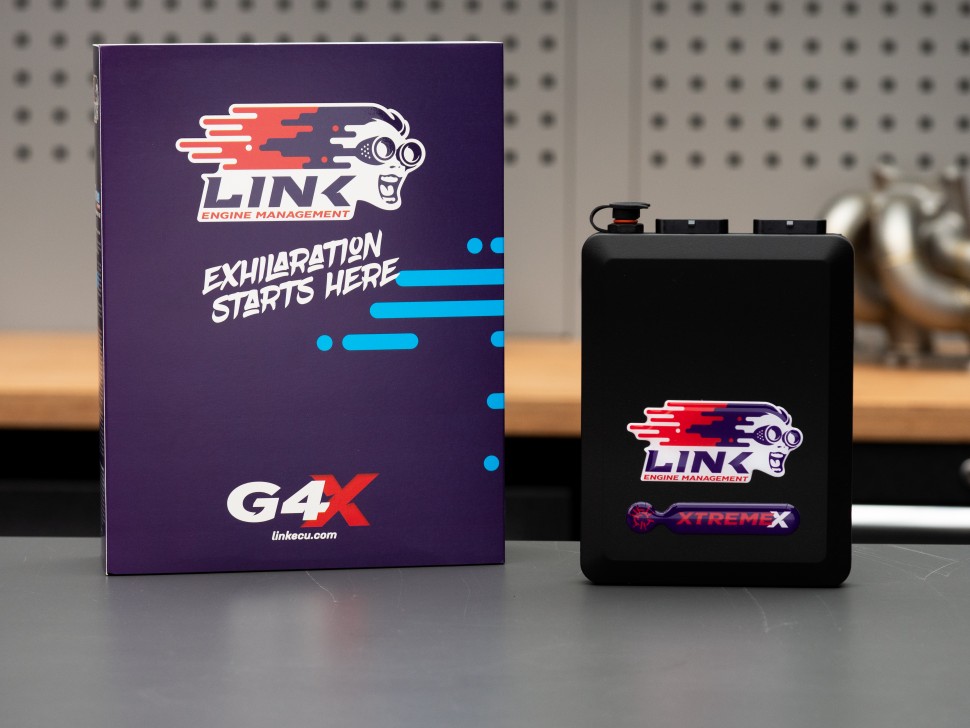| 00:00 |
- Now that we understand what a blend table is and how it functions, we also need to be aware of some of the potential traps that we may fall into when optimising the blend tables.
|
| 00:10 |
The key point to remember is that when a blend value is between 0% and 100%, the ECU will be using an interpolated value between the two tables.
|
| 00:21 |
This can present an issue when we're dealing with the fuel blend tables on a turbo charged engine.
|
| 00:27 |
It's not uncommon with turbo charged engines to use target boost levels on ethanol that may be well beyond the safe boost level that we can run and tune for on pump gasoline.
|
| 00:38 |
This brings about a situation where we won't have been able to fully or correctly optimise the fuel table for pump gas at the higher boost levels we're going to run on E85.
|
| 00:49 |
The typical technique is to simply extrapolate the values or trends that we're seeing in the areas that we have tuned out to the higher boost areas that we can't access.
|
| 01:00 |
But of course this is nothing more than an educated guess as to what these fuel values should be, and it's likely there's going to be some error.
|
| 01:10 |
This doesn't specifically matter for the pump fuel table because we're always operating within the tuned area when the engine is actually running on pump fuel.
|
| 01:20 |
Likewise when we tune the second fuel table for E85 at much higher boost levels, we'll also be working within the correctly calibrated fuel table range for that fuel.
|
| 01:31 |
The issue comes in when we deal with blends of fuel somewhere between E0 and E85.
|
| 01:38 |
When we're operating the high boost region that we've been able to optimise correctly for E85, at slightly lower ethanol contents, the ECU will begin interpolating the final fuel values from the first fuel table in a region where we haven't been able to properly tune.
|
| 01:56 |
This can affect the final air fuel ratio or lambda value and have us operating potentially richer or leaner than what we wanted.
|
| 02:05 |
This brings about an interesting problem because if we correct this error by adjusting the blend table, then we may be able to reach our target air fuel ratio at the high boost level, but we'll then potentially find out that we're too rich or too lean at lower boost levels and in vacuum where we're going to be cruising.
|
| 02:26 |
The correct way of dealing with this is that when we're optimising the blend table we want to do this at a boost level which we've been able to access and optimise the tunes for on both fuels.
|
| 02:39 |
Once we've adjusted the blend table at this point, we don't want to touch it again at the ethanol content we're currently testing for.
|
| 02:48 |
We can now raise the boost up to the maximum value we're happy to run, and check the air fuel ratio again.
|
| 02:55 |
If the air fuel ratio is now incorrect at this higher boost level, what that actually means is that the error that's crept in is coming from your pump gas fuel table, and hence we'd want to address the error by making changes here.
|
| 03:11 |
Note that we're only changing the pump gas fuel table at load points above where we'd be running on pump gas.
|
| 03:19 |
So this is going to have no affect on how the engine runs on the pump gas tune.
|
| 03:24 |
This concept is a bit of a complex one to get your head around, but it's important to understand, so that you can produce a flex fuel tune that will perfectly track your desired air fuel ratio regardless of boost pressure or ethanol content.
|





